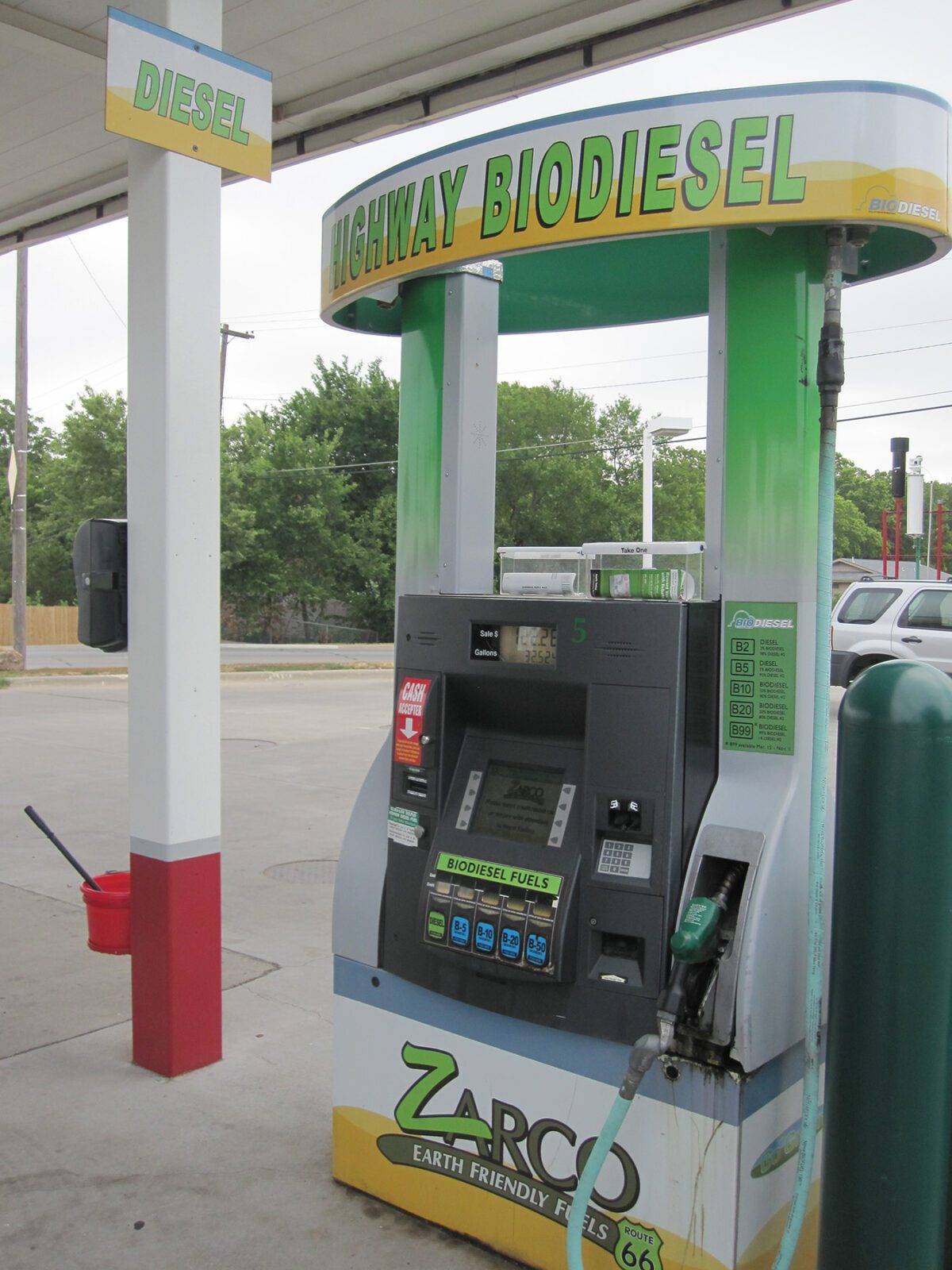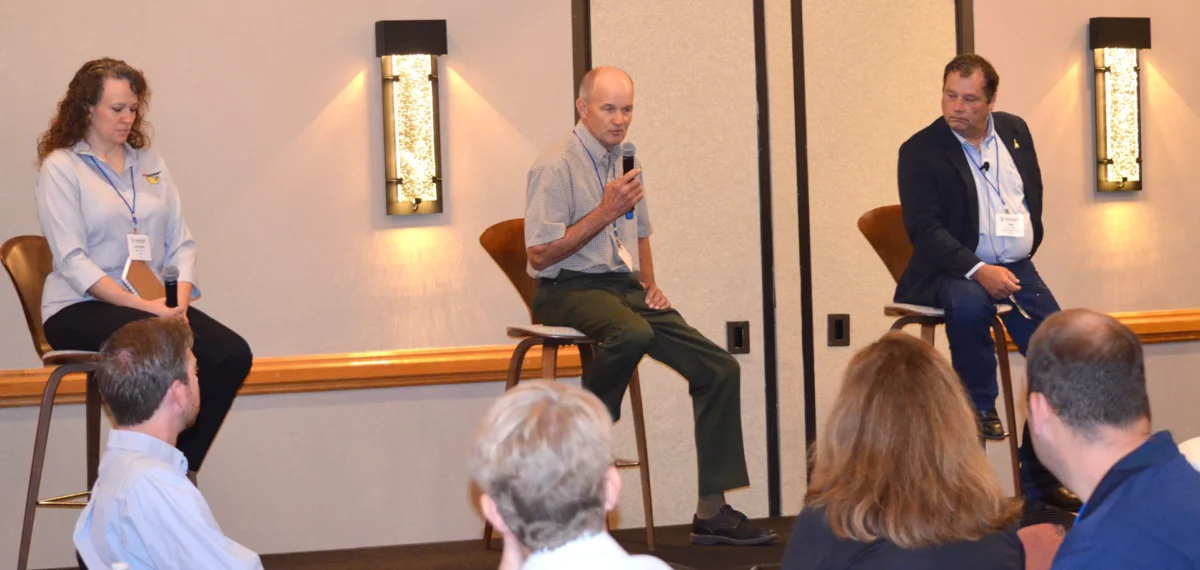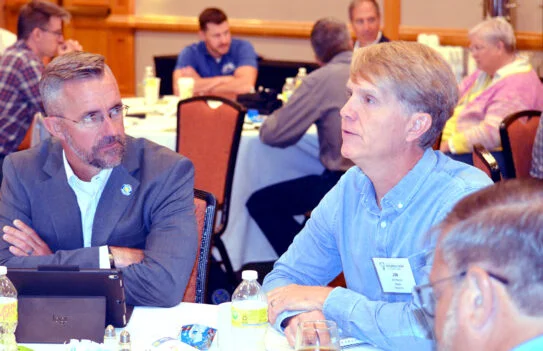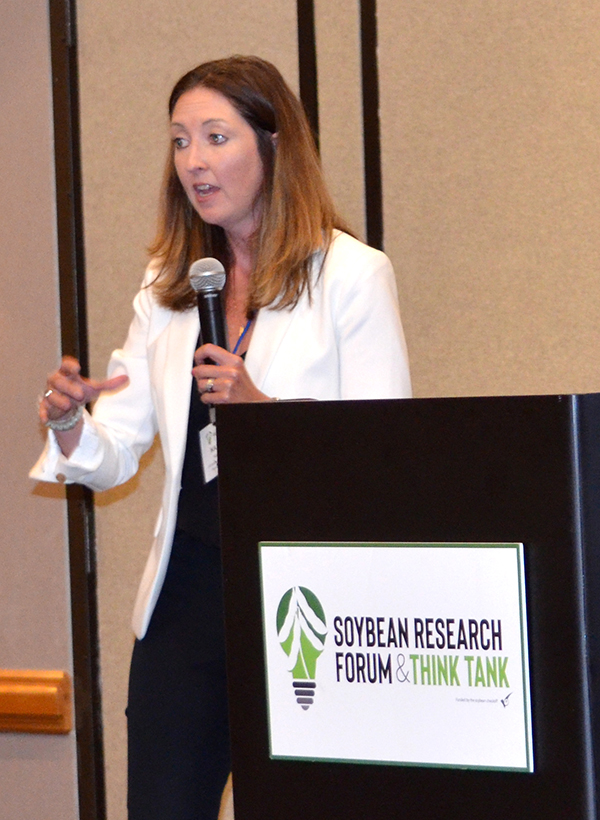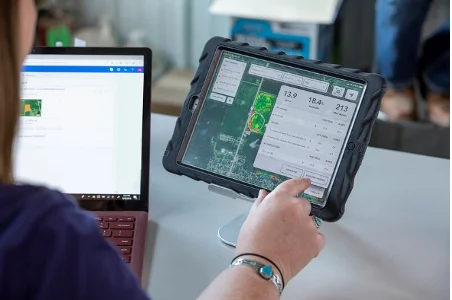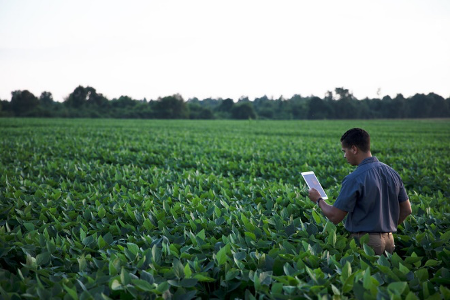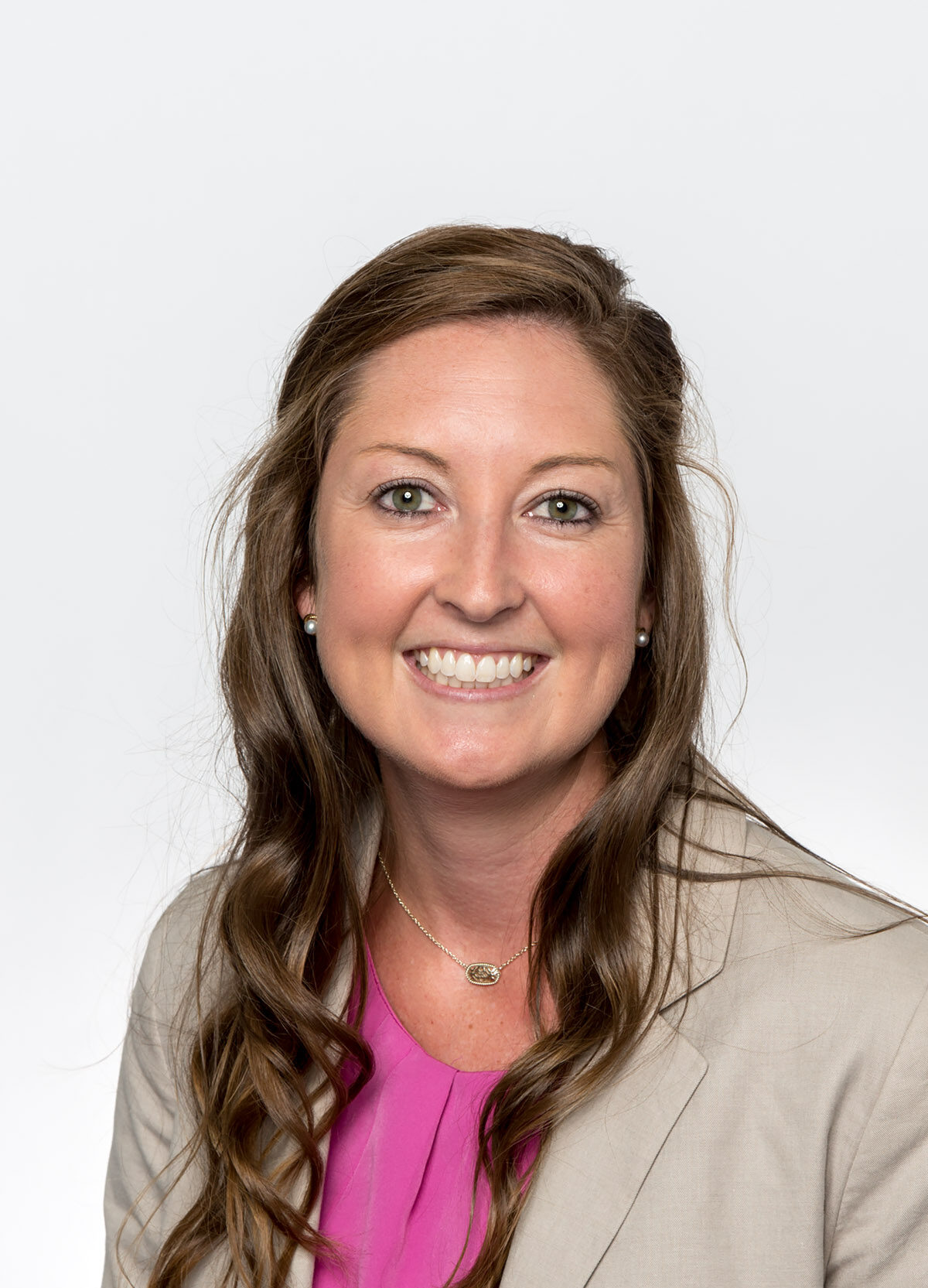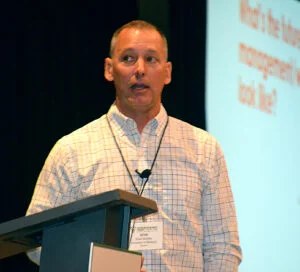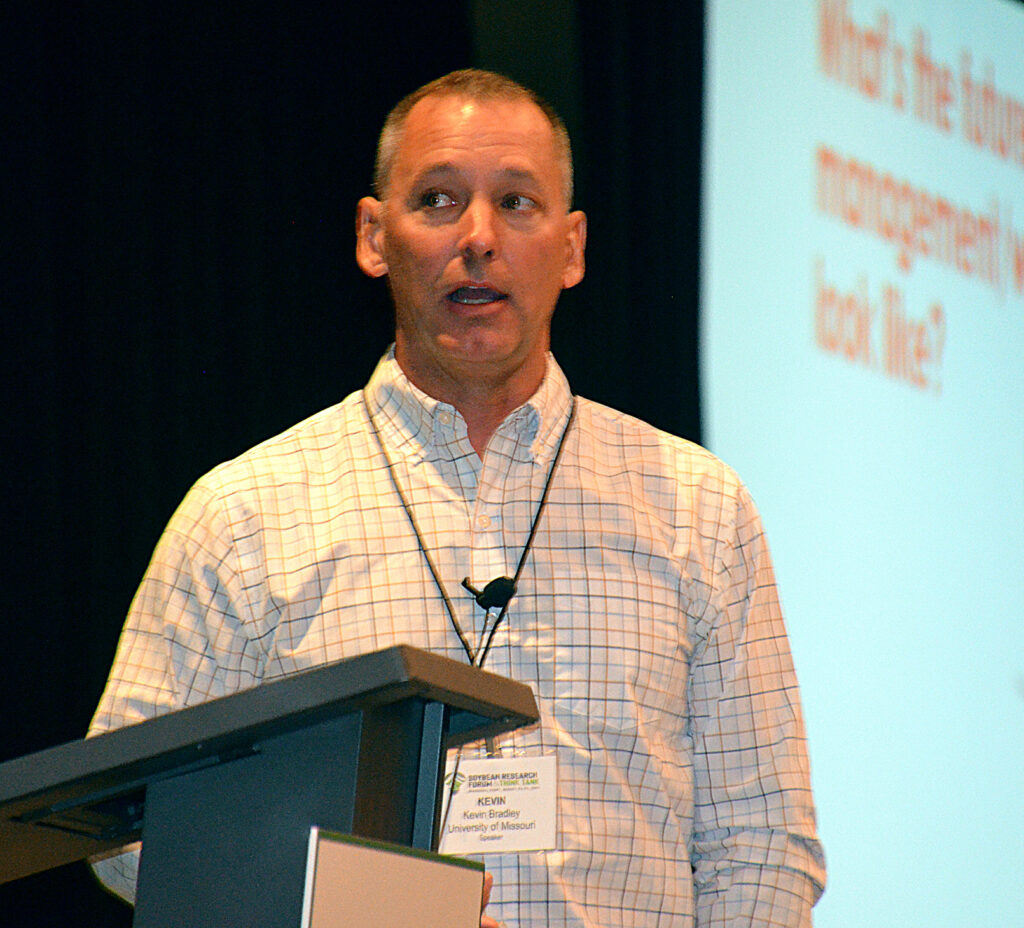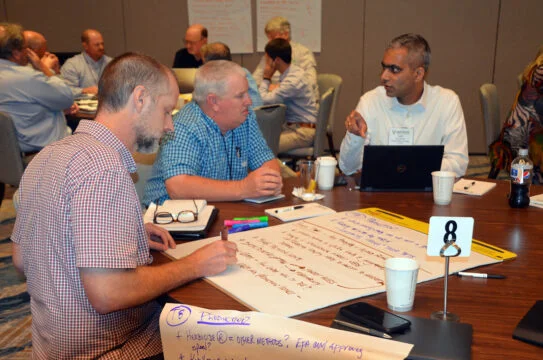Renewable Diesel: Soy Positioned to Grow as Low-Carbon Fuel Solution
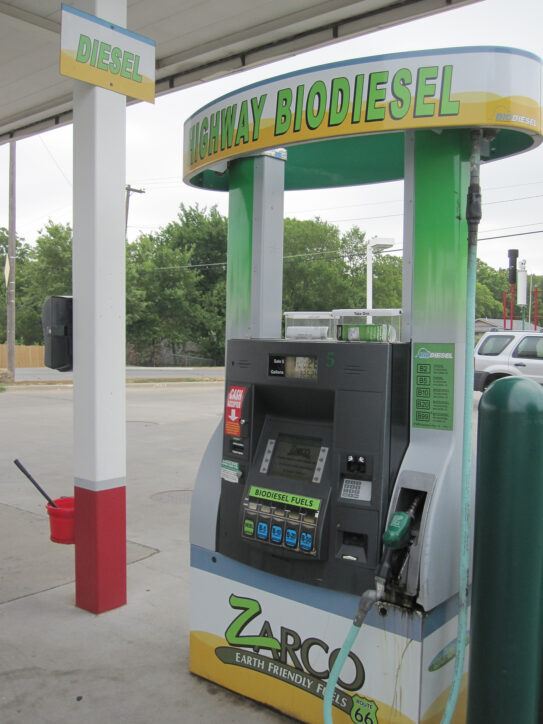
By Bethany Baratta
Renewable diesel differs from biodiesel in that it can be produced from a variety of non-fat feedstocks (like grasses, wood, ethanol, and even garbage) – in addition to traditional feedstocks like soybean oil. Additionally, renewable diesel can have better handling characteristics, including a longer shelf life and lower freeze point. Although there are key differences, renewable diesel, like biodiesel, can still deliver a 40-86% reduction in emissions compared to petroleum diesel according to Argonne National Lab1.
Renewable diesel is created through hydrotreating, a process that uses hydrogen to remove oxygen, nitrogen, and sulfur from crude oils. The high-heat, high-pressure process produces a fuel with chemical properties similar to conventional diesel, according to Clean Fuels Alliance America, formerly the National Biodiesel Board.
“Renewable diesel is a top choice in markets with aggressive climate targets,” Matt Herman, Senior Director of Renewable Products Marketing for the Iowa Soybean Association, told participants at a Soybean Research Forum and Think Tank in July 2022.
In 2021, U.S. renewable diesel production equaled about 845 million gallons. Consumption totaled about 1.3 billion gallons, which included about 468 million gallons of imports, according to the U.S. Energy Information Administration2.
California uses the most U.S. renewable diesel products and imports, accounting for over 93% of national demand. In 2021, the state consumed a combined 1.229 billion gallons of biodiesel and renewable diesel, replacing a full one-third of their petroleum diesel with renewables2. The state has set a target of carbon neutrality by 2045. Utilizing biodiesel and renewable diesel has helped California sprint toward its carbon reduction targets, while novel technologies like electric vehicles continue to gain steam.
Think Tank
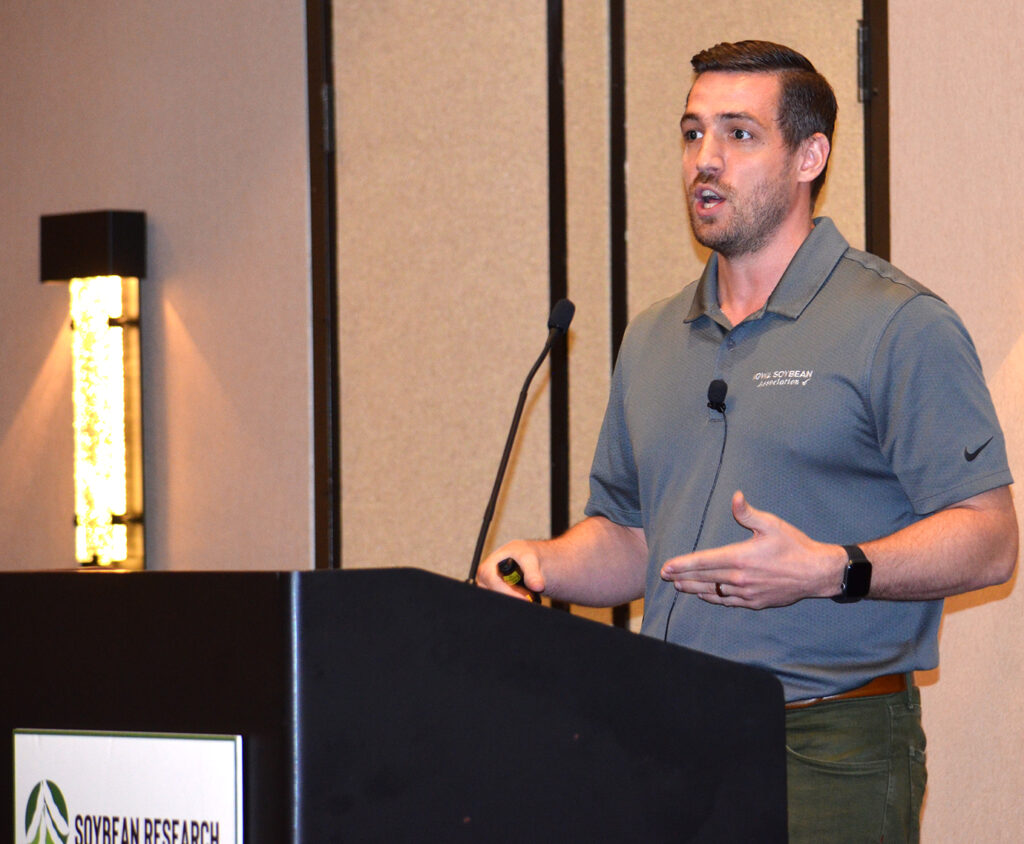
Participants at the Think Tank, ranging from researchers to farmers and sustainability experts to food company executives, were asked to identify the challenges and opportunities associated with renewable diesel.
They pinpointed six challenges the soybean industry can work through to find greater success in the renewable diesel space:
- Meeting demand: Can the soybean industry produce enough soybeans to meet all demand from food, feed and fuel customers?
- Genetic editing for end uses: Will farmers experience a yield decrease if soybeans are modified in a way that creates beneficial properties for end users — i.e., higher oil content or different fatty acid profiles?
- Infrastructure: What investments are needed to support the increase in renewable diesel capacity in the U.S.?
- Carbon intensity scores: What can be done in the lab and in the field to reduce the carbon intensity of soybeans and their crop rotations?
- Process byproducts: What can we do with the increased amount of soybean meal produced domestically as a result of increased oil production?
- Market stability: What does the market look like for renewable diesel? What does it mean for soybean farmers? The soybean meal market?
Opportunities
Renewable diesel presents many opportunities for participants all along the value chain to extract greater value from soybeans, contributors to the Think Tank said.
These include:
- Soy profile: This can be an opportunity for soybean breeders to alter the bean for fuel market optimization.
- Marketing alongside electric vehicles: Renewable diesel has a place alongside electric vehicles to reduce carbon emissions.
- Sustainability and carbon intensity: Soy is a sustainable, renewable feedstock. Increasing sustainability efforts in growing soybeans will make products like biofuels and soybean meal more sustainable, too.
- Increase demand: There are several untapped markets for renewable diesel in the fuel industry (marine, rail, bioheat). This demand can be influenced by policy, corporate sustainability goals, and partnerships with environmental groups.
- Processing: As the process to produce renewable diesel becomes more widely available, costs of processing will decrease, and new products like sustainable aviation fuel may become more commonplace.
- Adding value and identity preservation: Can soybeans with a higher oil content be incentivized? Is there an opportunity for regional incentives? Can we maintain identity preservation?
Unconventional Partnerships
Herman is bringing together various stakeholders to guide the Iowa Soybean Association’s efforts in exploring opportunities for renewable products.
“We’re now starting to see these legacy petroleum companies lean into renewable diesel because this is a product they can make in their existing refineries,” Herman says.
One such conversation happened earlier this year with Valero, the world’s largest independent refinery. The company is also the second largest renewable diesel producer in the world and a large producer of corn ethanol.
The conversations and plant visit with a group previously considered a competitor have morphed into finding common goals in how to increase production of renewable diesel and thereby drive demand for soybean oil.
“Valero [and other petroleum companies] are under pressure to reduce their carbon footprint as much as possible for every gallon of fuel they produce,” Herman says. “There is a really strong interest in both parties in reducing the carbon footprint of agriculture feedstocks used to make these fuels.”
Renewable diesel capacity growth driven by petroleum companies:
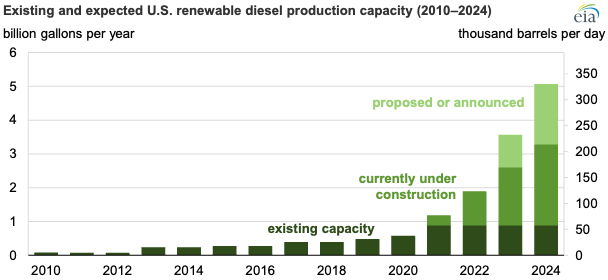
- Currently, the United States produces ~24.25 MMT of soybean oil per year (including the oil exported as part of whole beans). In 2021, 20% or ~4.85 MMT of oil was consumed for biofuel. If all of the announced renewable diesel plants were built and fed with soybean oil, demand would increase by 342% or 16.6 MMT a year3.
- It takes roughly 8 pounds of soybean oil (or other fat) to produce a finished gallon of renewable diesel.
Bethany Baratta is editor of the Iowa Soybean Review. Contact her at bbaratta@iasoybeans.com.
1Life Cycle Greenhouse Gas Emissions of Biodiesel and Renewable Diesel Production in the United States: https://pubs.acs.org/doi/10.1021/acs.est.2c00289
2 https://www.epa.gov/fuels-registration-reporting-and-compliance-help/rins-generated-transactions
3https://www.eia.gov/todayinenergy/detail.php?id=48916
Published: Nov 28, 2022 at https://soybeanresearchinfo.com/research-highlight/renewable-diesel-soy-positioned-to-grow-as-low-carbon-fuel-solution/
